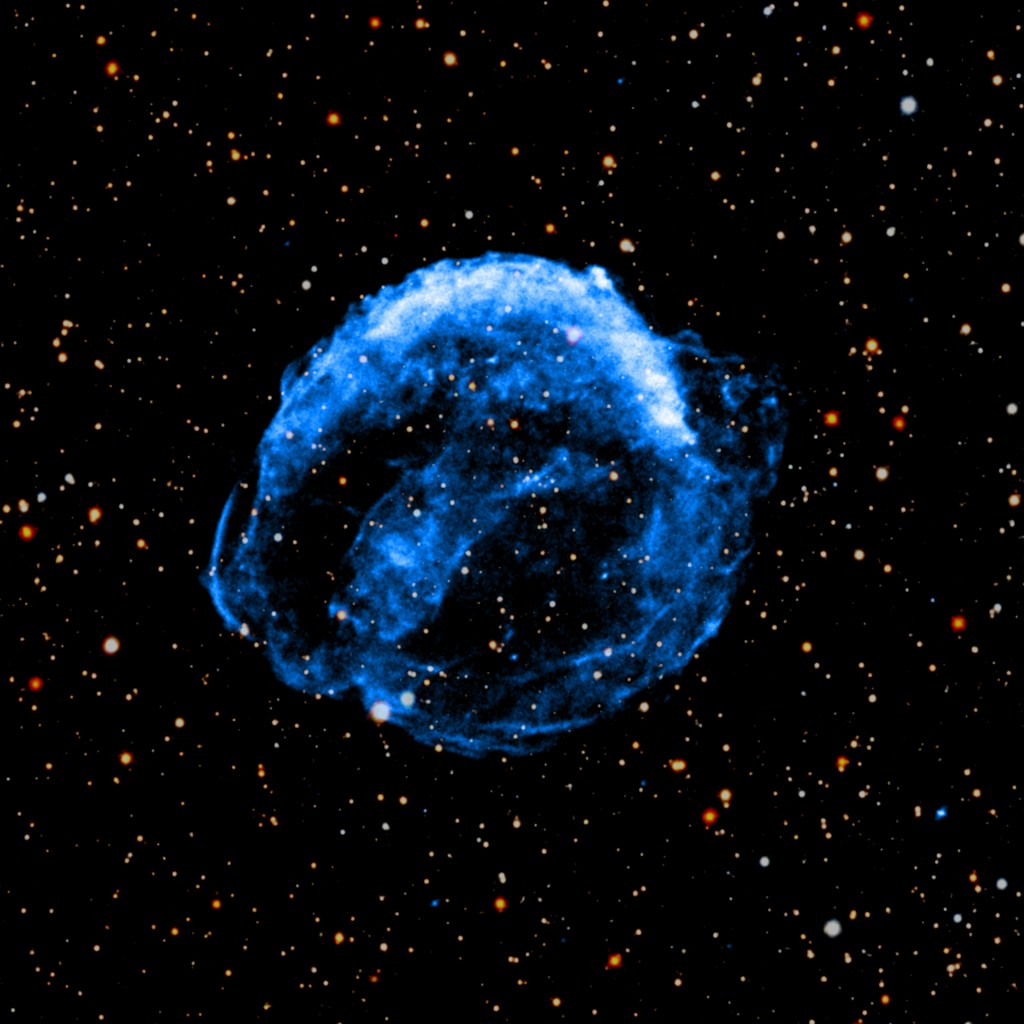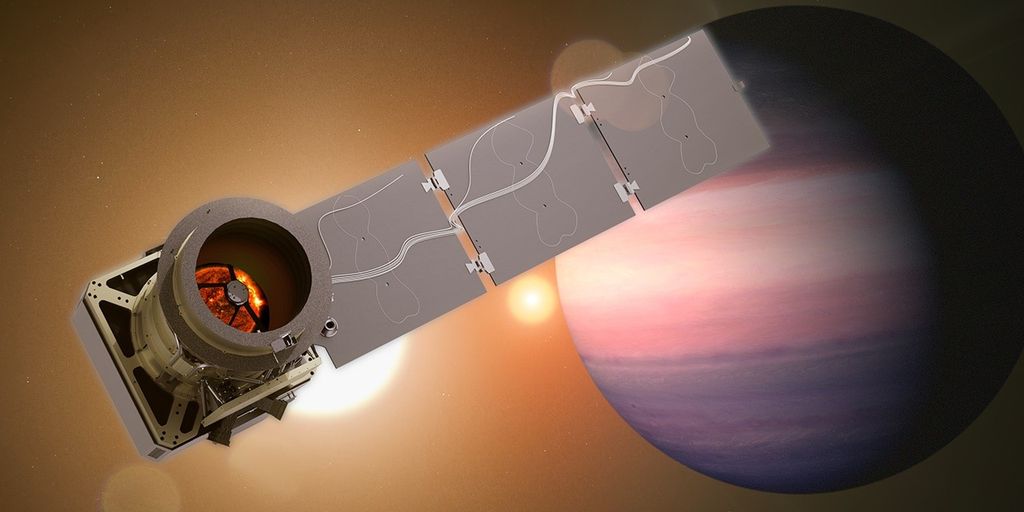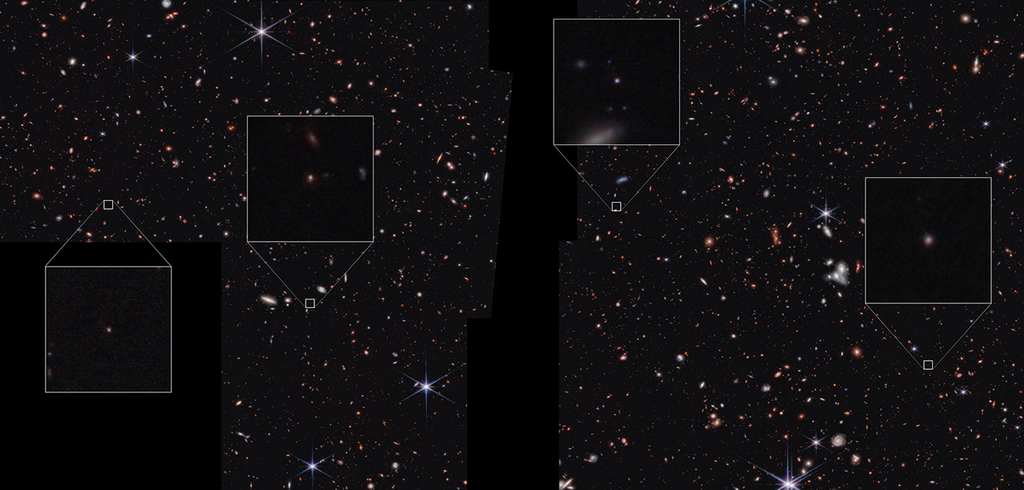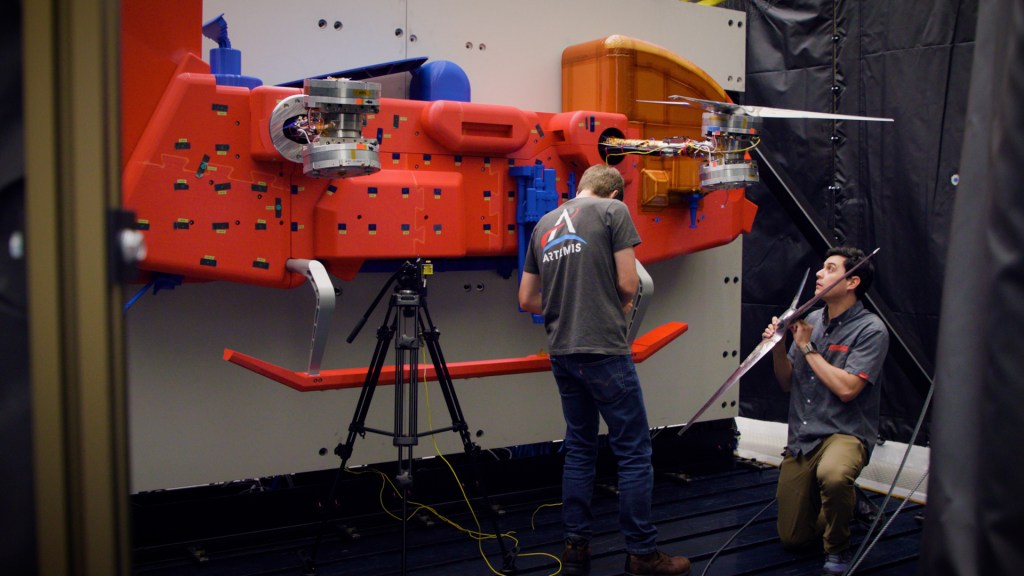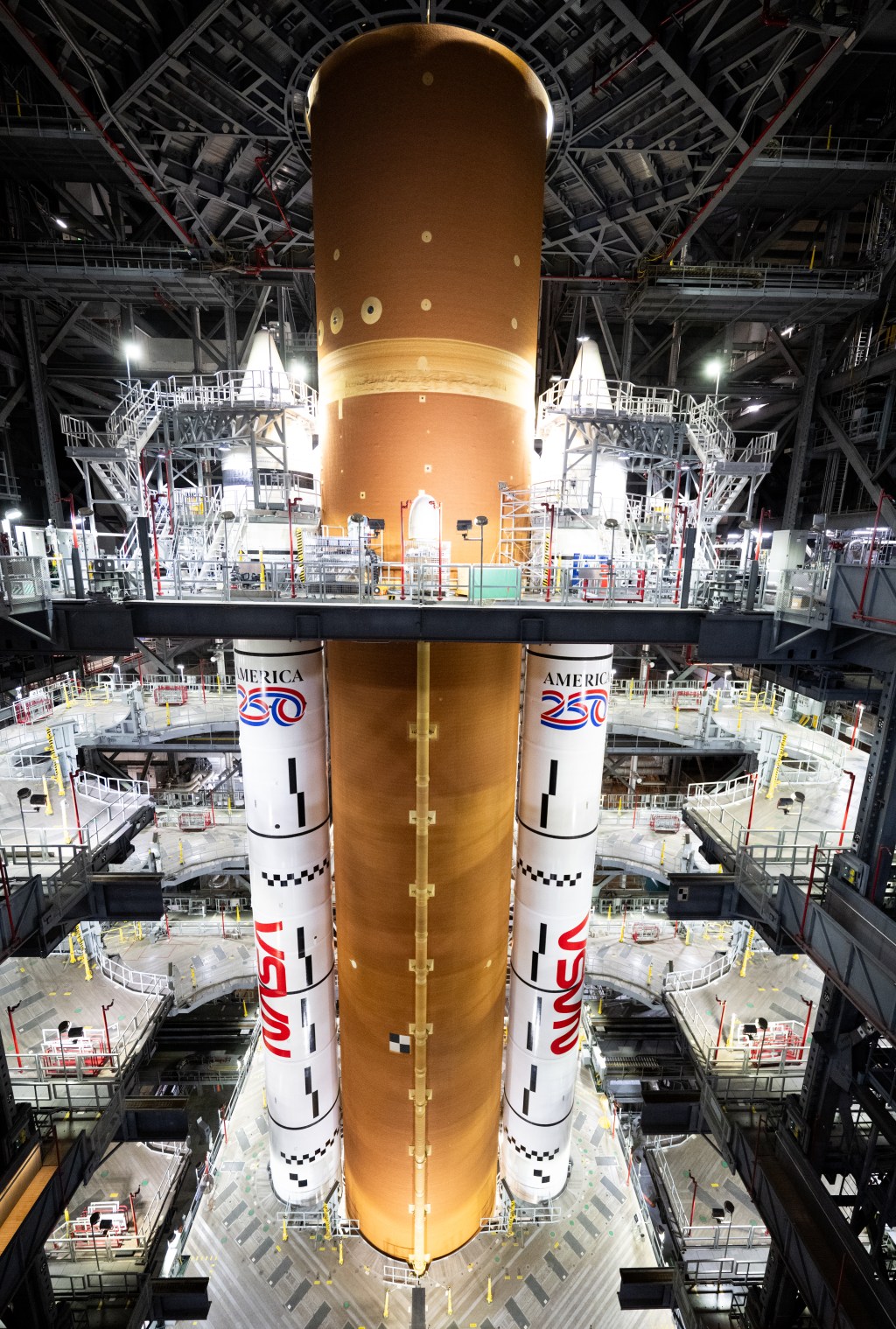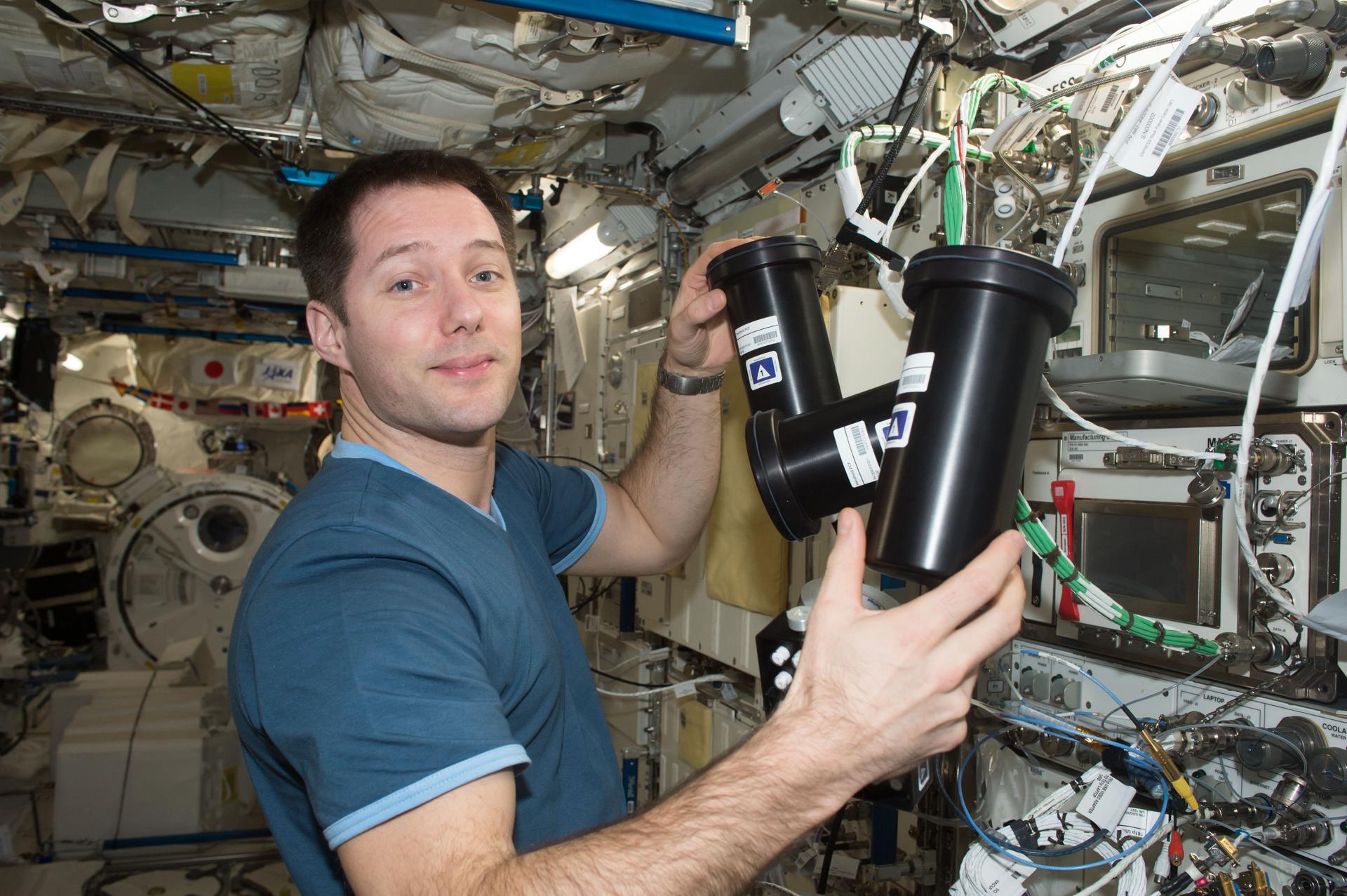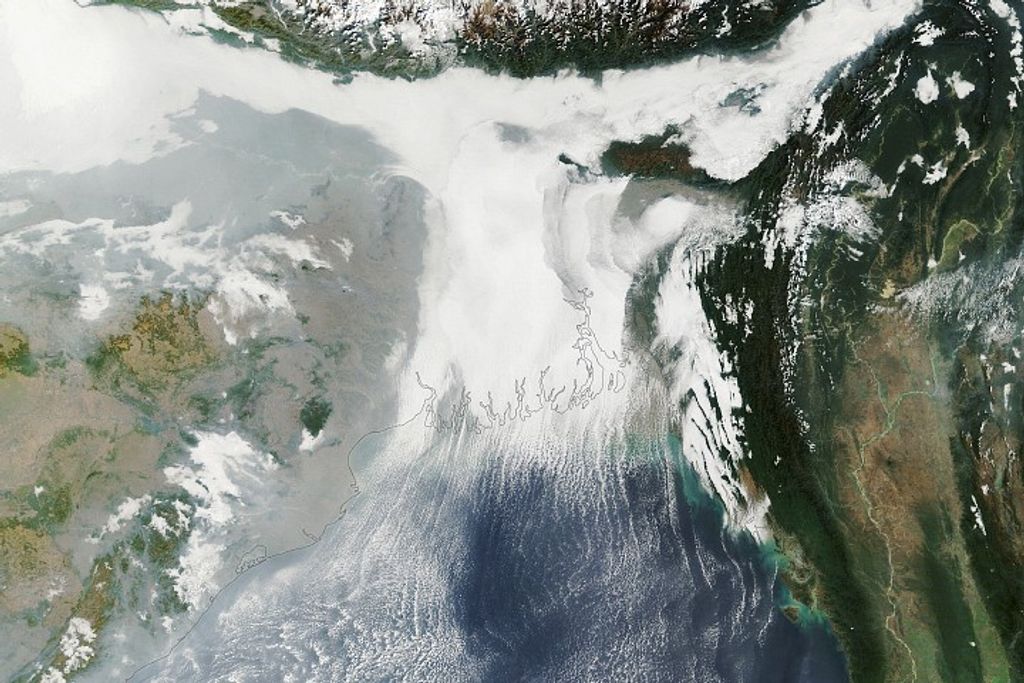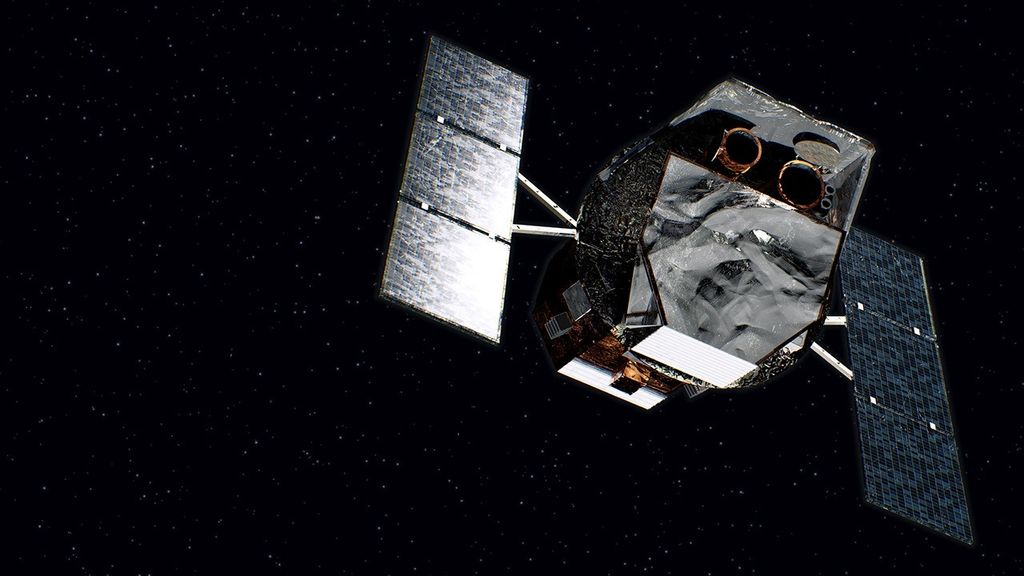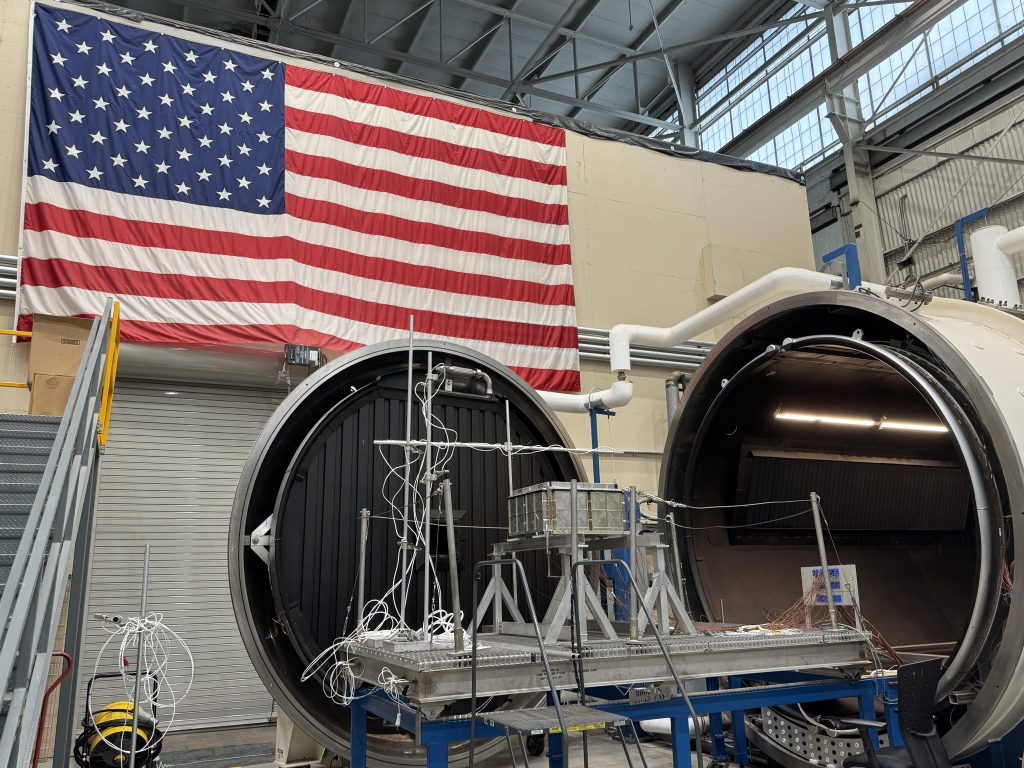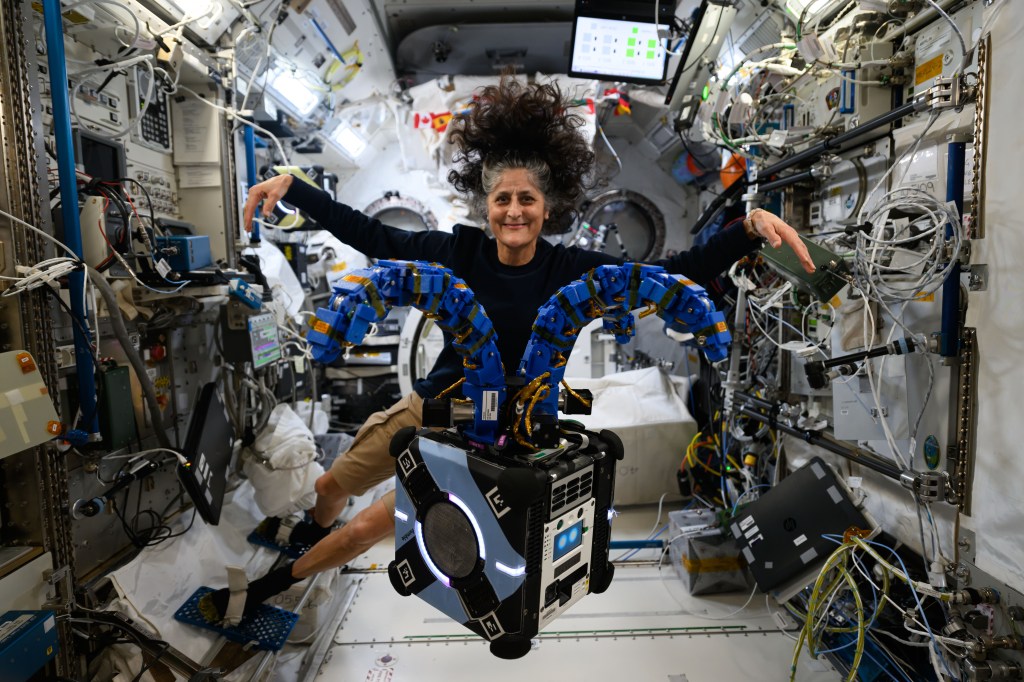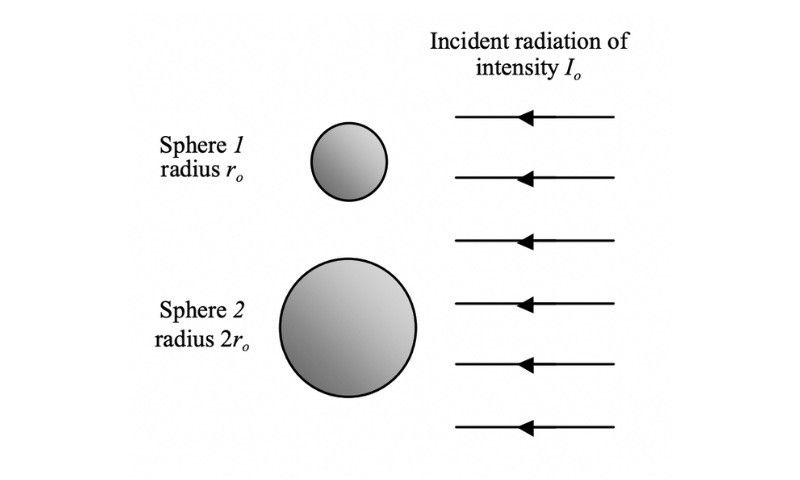Habitable Zone Planets Lesson Plan
| Levels |
|
|---|---|
| Material Type |
|
| Heliophysics Big Ideas |
|
| NGSS |
|
| Heliophysics Topics |
|
| Material Cost per Learner | Free |
| Language | English |
Introduces students to various factors that influence the (average) surface temperature of a planet. Students determine the various factors that influence the average surface temperature of a planet using principles of blackbody radiation, equilibrium, albedo, and greenhouse gases.
Students are guided to recognize the importance of the effect of greenhouse gases in elevating the average surface temperature of a planet like Earth. They are also introduced to the “faint young Sun paradox," which deals with the question of how on an early Earth could liquid water have been present while the luminosity of the Sun was significantly less than it is currently, and to the possible resolution of that paradox by invoking greenhouse effects. Along the way, students are shown data collected on Earth-like exoplanets surveyed by the Kepler space telescope mission. This activity is appropriate for university introductory physics.
Use the Pre-Lecture Video to learn more about how to implement this activity.

